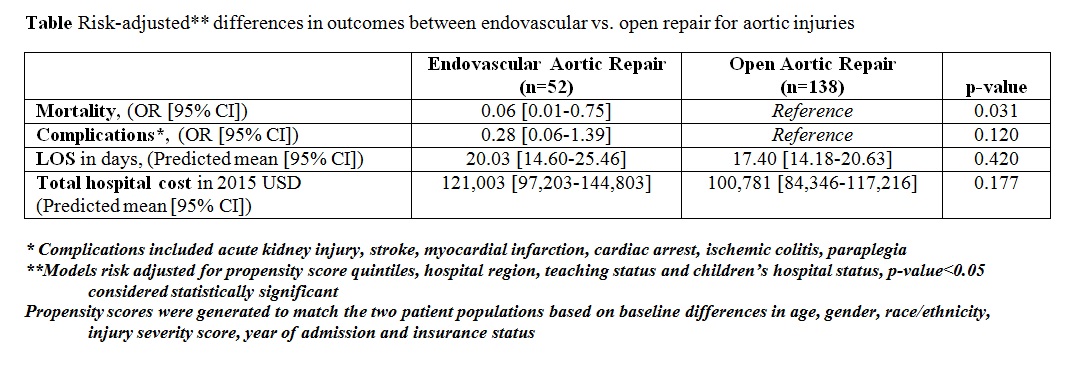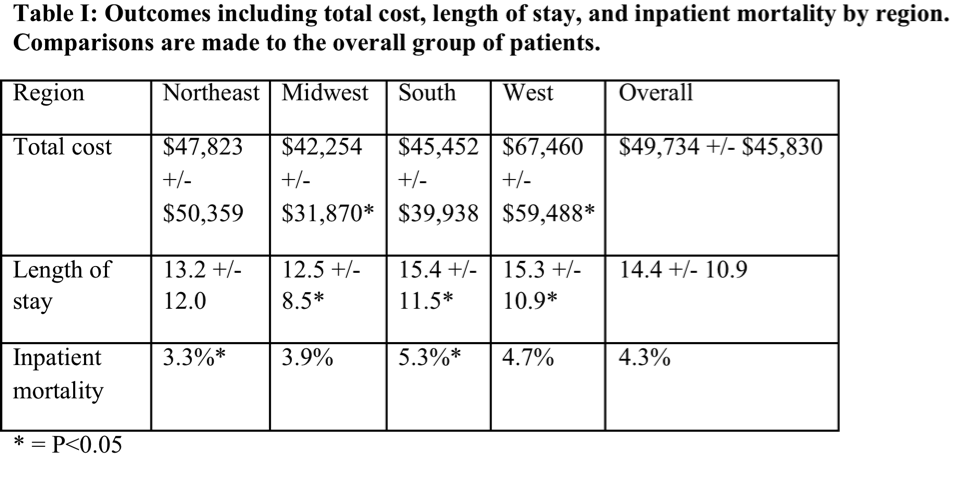L. I. Amodu1, A. Levy1, M. Akerman1, M. Tiwari1, G. Georgiev1, M. Beltran Del Rio1, J. Nicastro1, G. F. Coppa1, E. P. Molmenti1, H. Rilo1 1North Shore University And Long Island Jewish Medical Center,Center For Diseases Of The Pancreas,Manhasset, NY, USA
Introduction: Surgical resection remains the mainstay of treatment for pancreatic cancer and several benign pancreatic conditions. While historically considered to be high-risk and complex procedures, morbidity and mortality from pancreatic resections have decreased dramatically. We carried out this study to determine independent predictors of mortality following pancreatic resection in a single tertiary healthcare institution.
Methods: Clinical data was collected retrospectively from the records of 111 patients who underwent pancreatic resections from 2004-2013. Mortality was ascertained by the use of hospital records, and the publicly accessible social security death master file (SS-DMF). A univariate screen of possible factors associated with mortality was performed using the Fisher’s exact test for categorical variables and the Mann-Whitney test for continuous variables; a multivariate analysis using logistic regression was performed to determine the independent effects of each factor. Area under the ROC curve (AUC) was used to evaluate the predictive accuracy of the chosen model.
Results: Mortality at 1, 3, and 5 years was 13.2%, 38.4%, and 45.9% respectively. Multivariate logistic regression found that a history of diabetes mellitus (OR = 6.48, p<0.0026), adenocarcinoma (OR = 8.17, p<0.0003), disease recurrence (loco-regional or distant) after initial resection (OR = 4.25, p<0.0235), and post-operative hypotension requiring vasopressors or inotropes within 30 days of surgery (OR = 12.76, p<0.0138) were associated with mortality (AUC=0.86).
Conclusion:Mortality in patients after pancreatic resection is associated with the primary diagnosis of pancreatic adenocarcinoma, disease recurrence after primary resection, and a history of DM. The only independent predictor not associated with primary pancreatic disease and comorbidity is hypotension requiring vasopressors or inotropes within 30 days after resection. The risk of mortality after pancreatic resection can be decreased by active measures to prevent the occurrence of post-operative hypotension and by rapid treatment when it does occur.



